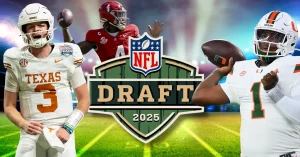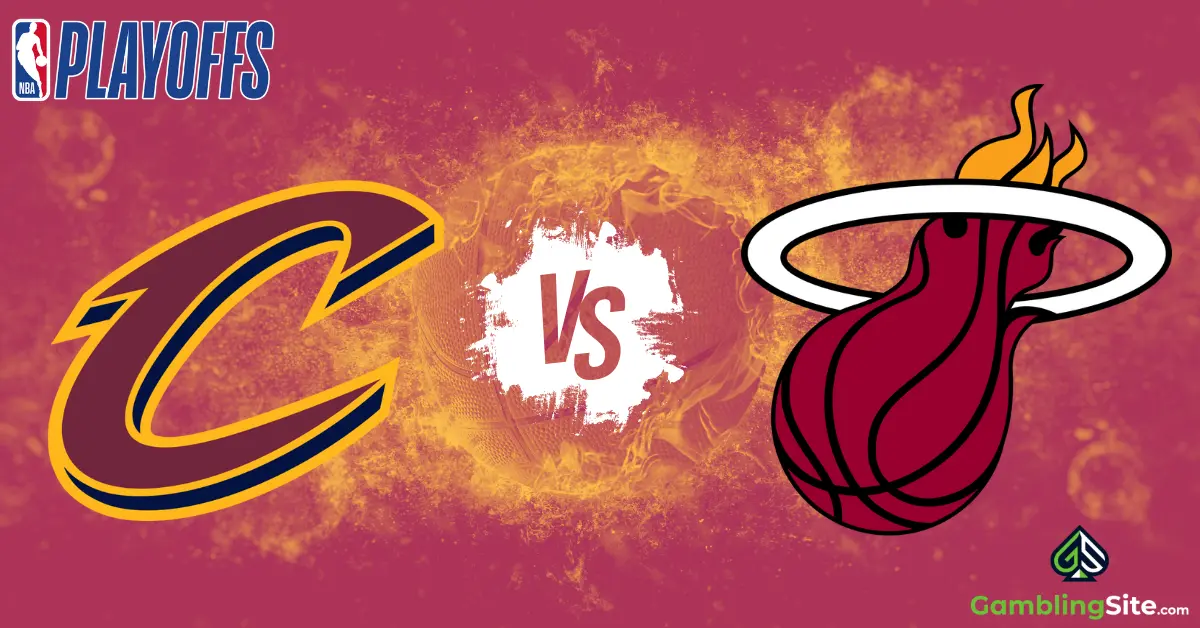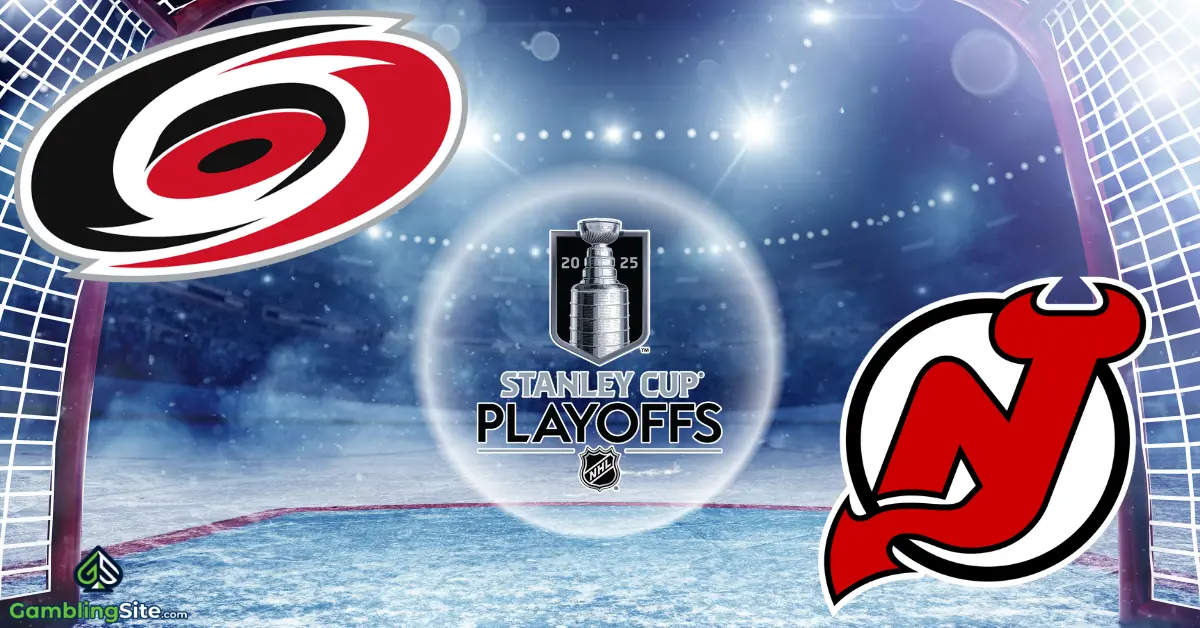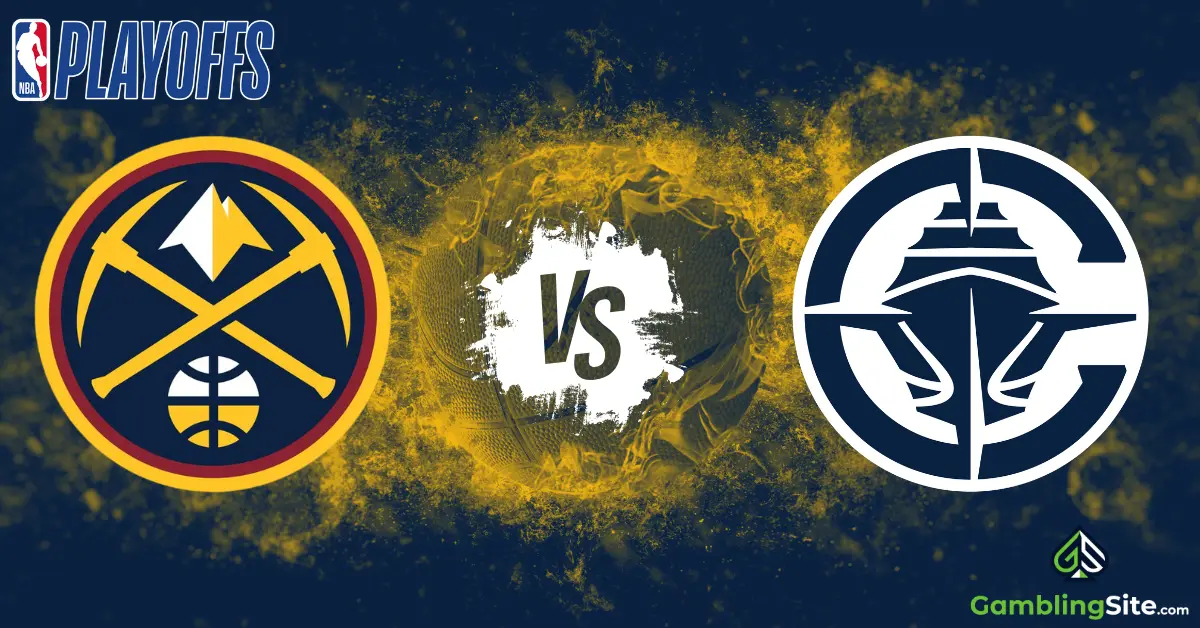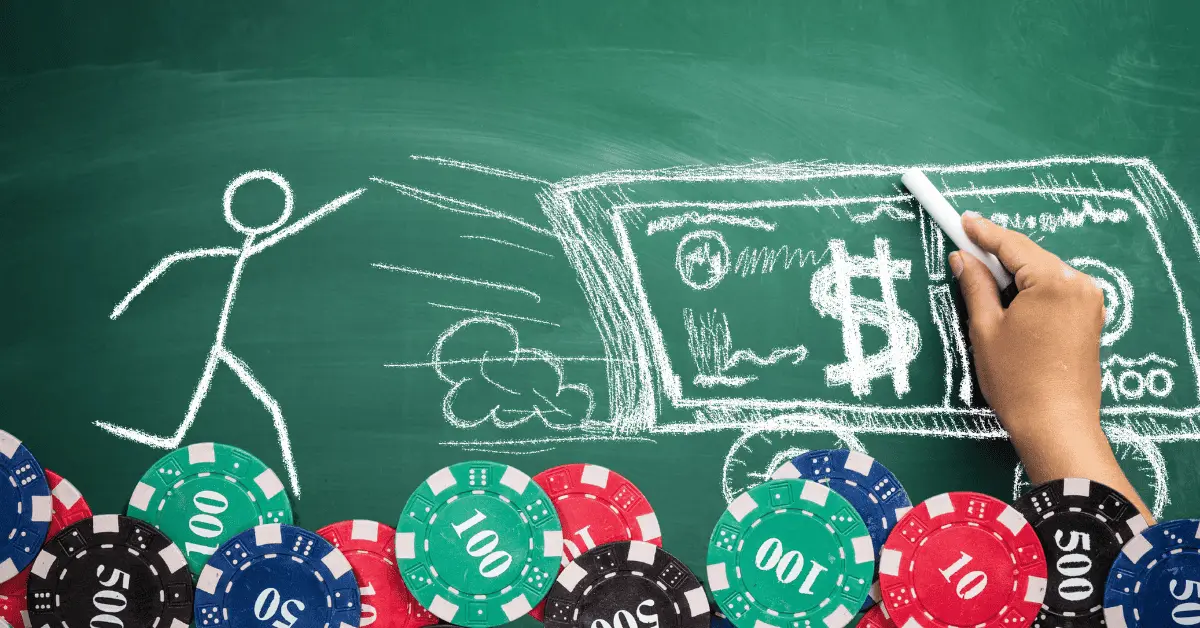Ways that Weather Has a Major Impact on Betting NFL Playoff Games
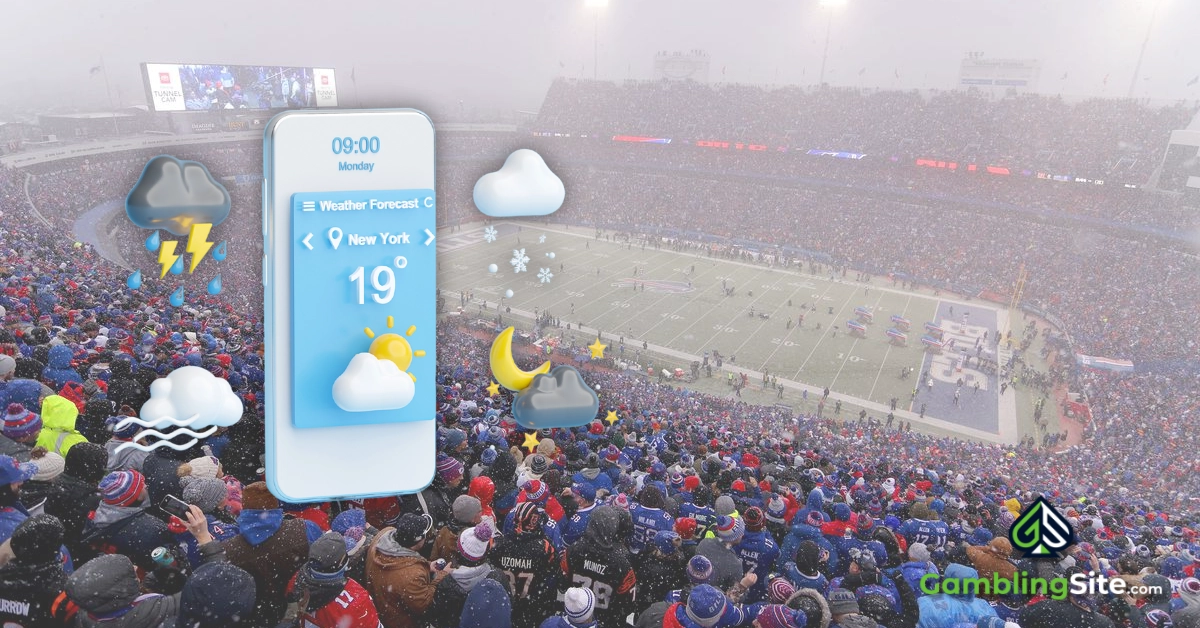
Among the major North American sports, the NFL stands out for its consistent readiness to confront all types of weather in its games. This was notably apparent on January 13, 2024, when a particularly frigid match between the Miami Dolphins and Kansas City Chiefs became the fourth coldest in the league’s history. With a biting -27 degrees, exacerbated by strong winds, players and coaching staff sought warmth on the sidelines.
In contrast, the NBA and NHL always play indoors, and MLB either postpones matches or relies on retractable roofs in adverse weather. While there are domed stadiums in football, most NFL venues remain completely at the mercy of the elements.
But don’t think we are talking s**t about dome games—we aren’t at all. Playing under controlled conditions often results in higher-scoring games; average scores in domes exceed outdoor games by nearly four points. This effect of controlled conditions is even more pronounced in dome settings. Scoring in these games surpasses predictions significantly more than in outdoor games.
So, understanding how to evaluate outdoor weather elements is important when it relates to how weather affects NFL playoff games and betting outcomes! Overlooking a crucial weather aspect can change a game’s dynamics, leading to either misled losses or any edge vanishing. It’s important to consider all factors of Mother Nature, including wind, rain, and temperature.
Wind
Wind is the most dependable and predictive weather element, thanks to its extensive historical data. The typical wind speed at an NFL game hovers around seven miles per hour, serving as a baseline for assessing weather conditions in games.
As wind speed rises, every aspect of passing play, from basic output (like passing yards and touchdowns) to efficiency metrics (such as completion percentage and quarterback ratings), tends to decrease.
Wind affects passing output more than efficiency, and overall scoring tends to decrease with higher wind speeds.
A critical point is that wind impacts passing significantly more once speeds exceed 20 mph. The drop in passing efficiency and output is much more substantial at these higher wind speeds.
Wind also influences field goals. Many mistakes are made when assessing the impact of wind on field goals, particularly with “moderate” winds (10-15 mph).
The difference in field goal success rate between light (0-15 mph) and moderate (15-20 mph) wind conditions is minimal. This leads to the misconception that wind doesn’t significantly impact field goals until it reaches 20 mph, but this is misleading.
Field goal success is, of course, linked to the distance of the kick. The average distance for field goals attempted in windier conditions is shorter, reflecting a reluctance to attempt long kicks in such weather.
Therefore, if field goals are made at comparable rates in windier and calmer conditions despite shorter distances in the former, then wind clearly plays a role.
This influence becomes even more pronounced at wind speeds over 20 mph, with both the average field goal distance and success rate dropping significantly.
Precipitation
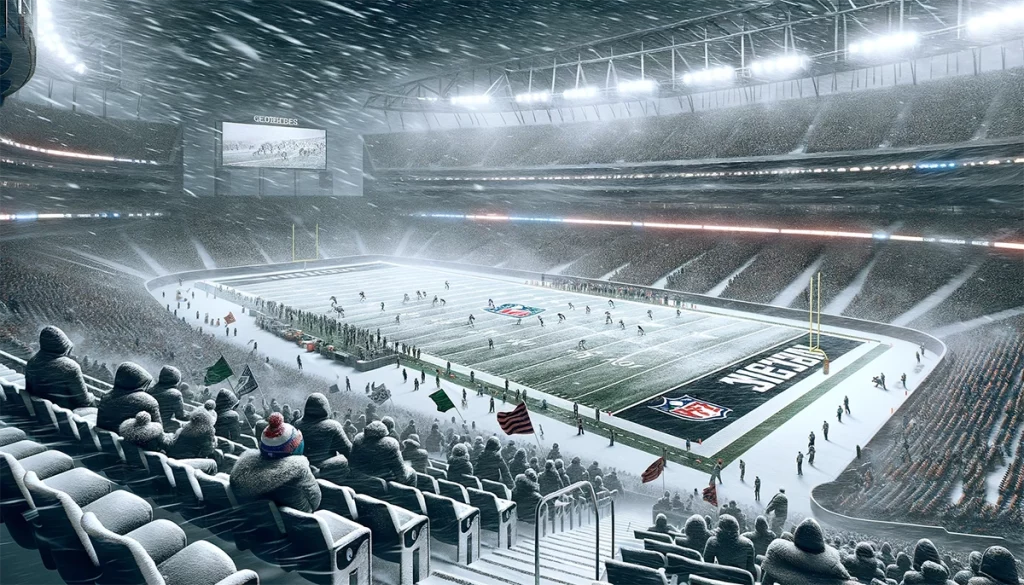
Handling precipitation in predictions is more complex. It’s difficult to isolate the direct impact of precipitation on gameplay due to the accompanying weather conditions like wind and temperature.
Interestingly, there’s little difference in passing efficiency between various intensities of rain. This may seem counterintuitive, but it’s important to separate precipitation’s effects from other concurrent weather factors.
However, any form of rain does reduce passing efficiency by about 12%.
The impact of snow varies with its intensity. Light snow, surprisingly, has minimal impact on passing efficiency, reducing it by only 2% compared to ideal conditions. In contrast, heavy snow reduces passing efficiency by a significant 25%.
For field goals, the impact of precipitation is noticeable, and snow has an even more marked effect.
- In dry conditions, the field goal conversion rate aligns closely with the expected success rate based on the average distance of attempts.
- But in rainy conditions, while the actual field goal percentage slightly increases, it’s important to note that the average attempt distance is shorter. Therefore, the success rate is actually lower than expected when considering the shorter distances involved.
- In snowy conditions, the success rate falls to 76%, a notable 7% drop from the norm. Given the shorter attempt distances in snow, this conversion rate is significantly lower than expected, indicating a substantial impact of snow on field goal accuracy.
Temperature
Temperature impacts are relatively straightforward. Within the 55-85 degrees Fahrenheit range, considered ideal, there are no significant deviations in performance. However, when temperatures fall between 25-55 degrees or rise above 85 degrees, there’s an approximate 8% decrease in passing production.
Final Takeaways
Overall, when analyzing weather conditions in relation to betting on football games, consider the following effects:
- Wind (10-15 mph): Light Impact
- Gusts (20+ mph): Moderate Impact
- Rain (any level): Moderate Impact
- Light snow: Minimal Impact
- Heavy snow: Significant Impact
- Cold (22-55 degrees): Light Impact
- Extreme cold (<25 degrees) or extreme heat (>85 degrees): Moderate Impact
Remember, while honing in on individual weather effects is always useful, it’s also important to consider their combined impact, such as rain with strong winds. This comprehensive look at how weather can impact NFL playoff games and betting outcomes can be a valuable tool for future wagers!

Matthew specializes in writing our gambling app review content, spending days testing out sportsbooks and online casinos to get intimate with these platforms and what they offer. He’s also a blog contributor, creating guides on increasing your odds of winning against the house by playing table games, managing your bankroll responsibly, and choosing the slot machines with the best return-to-player rates.


